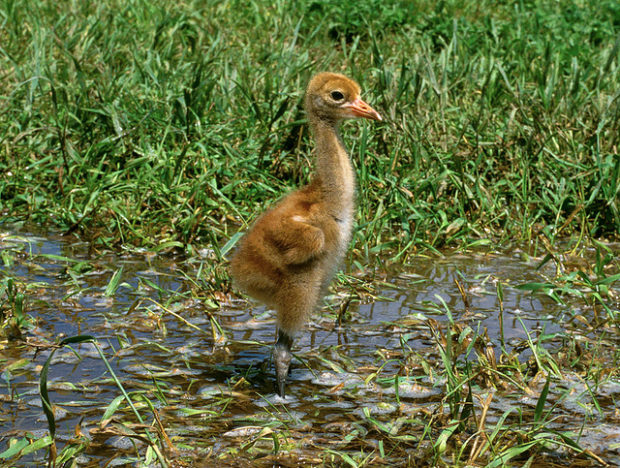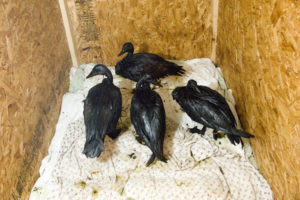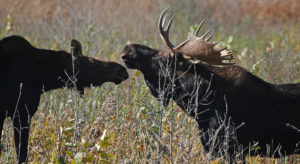We have much more to do and your continued support is needed now more than ever.
Great Lakes Citizens Rally for Clean Energy for Wildlife, Not Risky Tar Sands
On June 6, thousands will gather in the Twins Cities to express concern over expanded tar sands transportation through the Great Lakes region. Too much toxic and nearly impossible to clean up tar sands oil is already entering our region. The area has seen ill effects like the massive 2010 spill into the Kalamazoo River and piles of dirty, polluting coal-like petroleum coke piling up near refineries.
With the U.S. State Department giving backroom approval for a near doubling of the amount of tar sands entering the region primarily along the Alberta Clipper line, it’s time for a clean energy future. People are demanding that no new tar sands enter the region until a transparent, public review process takes place, and cleaner solutions are considered and advanced.

Not Your Granddaddy’s Oil
Tar sands oil is not like regular oil. It’s a heavy, thick substance that has to be mined by clearing forests, draining wetlands, and stripping away earth in the productive evergreen forests of Canada.
Almost 200 species of internationally protected migratory birds use the tar sands area of Alberta for seasonal habitat and breeding, including the endangered whooping crane and popular game birds like wood ducks and teal. In addition to direct habitat destruction and fragmentation, toxic tailings ponds needed to contain the waste pose an immense hazard for birds and other wildlife, with one incident resulting in about 1,600 duck fatalities.

Too Risky for Wildlife
When the substance spills, it has disastrous consequences for wildlife and habitat. The diluent gases off into the air, producing a toxic cloud of benzene and other chemicals. The sticky tar sands sinks to the bottom of wetlands, rivers, streams and other water bodies, attaching itself to the bottom.


Tar sands oil also produces much more carbon pollution than regular oil, and more tar sands oil is used as the pipelines’ capacity increases. This fuels the climate change that is likely leading dramatic declines in moose populations in Minnesota and other northern states, as well as fueling toxic algae blooms that are increasingly threatening water quality, wildlife, and recreation in the Great Lakes.
Time for Wildlife-Friendly Clean Energy
Before more tar sands oil comes into our state and region, the State Department should follow the law and make good on its commitment to have a public review process that will look at all the impacts of the project and determine if the project is necessary.
Residents throughout the Great Lakes’ region deserve a chance to have some fundamental questions asked and answered before we put our resources at risk.
The facts are increasingly clear. We don’t need tar sands oil. The risks to wildlife are too high. And we can successfully move off of oil and onto cleaner, more sustainable forms of energy that don’t pose serious threats to wildlife.
The time is now to get work. The people of the Great Lakes are ready to lead the charge for a clean energy future for wildlife. They’re asking our decisions makers to lead with them.
![]() Even if you can’t attend the event in St. Paul on June 6th, support the cause by urging the U.S. State Department to stop more tar sands from entering the region and to protect wildlife!
Even if you can’t attend the event in St. Paul on June 6th, support the cause by urging the U.S. State Department to stop more tar sands from entering the region and to protect wildlife!





















